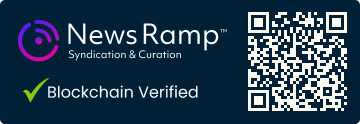FAQ: Energy Poverty and Federal Program Cuts in Maryland

Summary
What is energy poverty?
Energy poverty occurs when a household spends more than 6% of its income on utilities, creating an unsustainable financial burden that forces difficult choices between basic needs like cooling, heating, and medication refrigeration.
How many Maryland households are affected by energy poverty?
Nearly 20% of Maryland households spend over 6% of their income on utilities, with more than 18% trapped in energy poverty according to a 2023 report, and over 270,000 applications were received for energy assistance in 2024.
What federal programs have been cut that affect energy assistance?
HR 1 (One Big Beautiful Bill Act) enacted devastating cuts to the Low Income Home Energy Assistance Program (LIHEAP), Medicaid, SNAP, and Children’s Health Insurance Program, with the FY2026 federal budget proposing to eliminate LIHEAP outright.
How does HR 1 affect SNAP eligibility and utility assistance?
Section 10004 of HR 1 restricts the Standard Utility Allowance used to determine SNAP eligibility, limiting automatic access to households with elderly or disabled individuals, potentially causing over 684,000 SNAP-dependent Maryland residents to lose both food assistance and utility relief.
What is LIHEAP and why is it important?
The Low Income Home Energy Assistance Program (LIHEAP) was launched 45 years ago to help low-income households pay utility bills and prevent energy shutoffs, serving as one of the two most important tools available to protect public health during extreme weather.
What regional area bears the greatest energy burden according to the content?
The South Atlantic region from Maryland to Florida bears the greatest share of energy poverty burden yet receives minimal federal relief, with Maryland specifically facing severe challenges.
What actions has Governor Wes Moore taken to address energy poverty in Maryland?
Governor Moore announced a $19 million energy relief fund and signed the Next Generation Energy Act which sets renewable capacity targets while capping ratepayer impacts, plus the Renewable Energy Certainty Act that lifts zoning restrictions to support renewable energy development.
How does energy poverty affect low-income families compared to wealthier households?
Low-income families spend 8.1% of their income on energy—more than three times the rate for wealthier households—meaning at least a quarter of U.S. households carry an unsustainable energy burden according to national assessments.
What are the immediate risks for Maryland households facing energy poverty?
Households face impossible choices between keeping medication cold or running air conditioning during heatwaves, risk utility shutoffs (17 million Americans received shutoff notices last year), and may lose both food and energy assistance due to federal program cuts.

This story is based on an article that was registered on the blockchain. The original source content used for this article is located at citybiz
Article Control ID: 170544